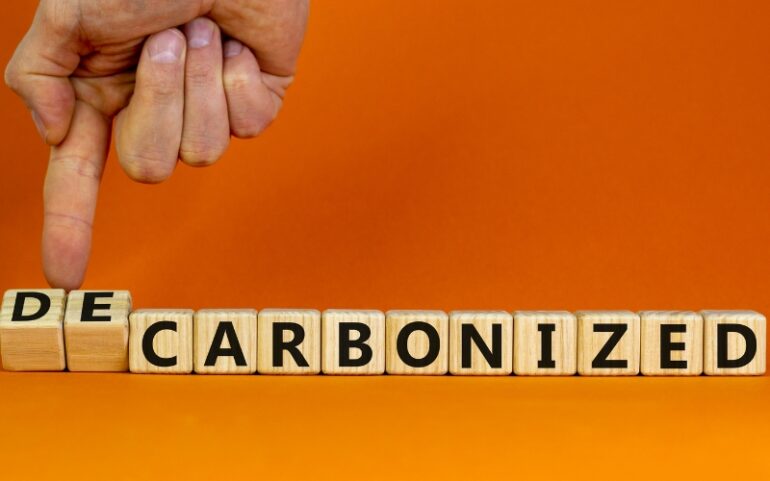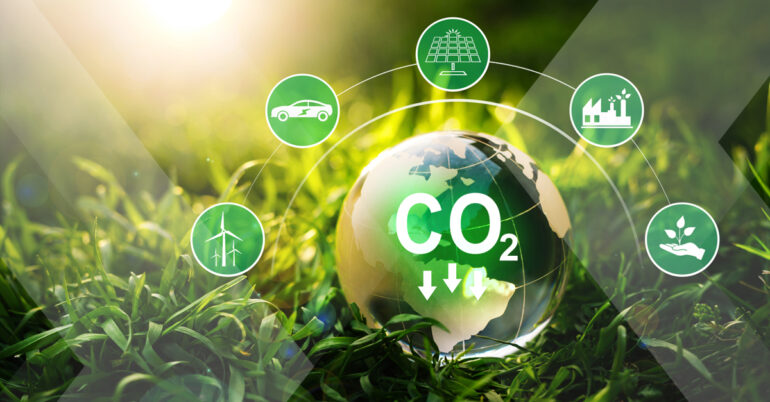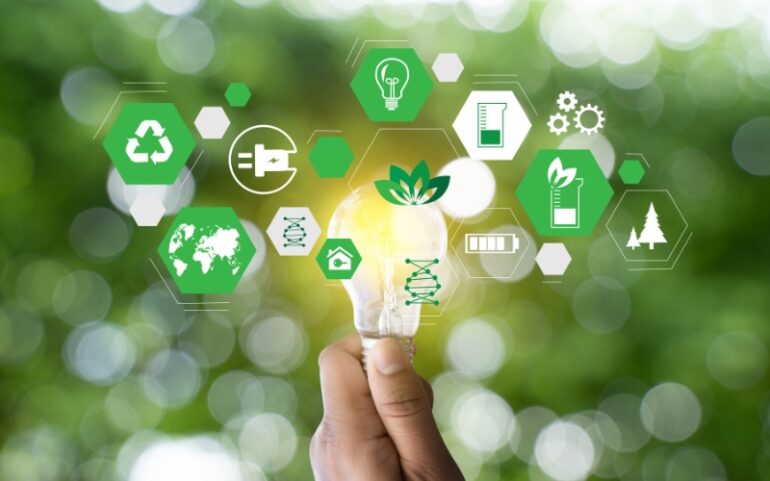To understand what is decarbonization, we need to know it means different things to different people. Its most basic form refers to removing carbon dioxide emissions from the atmosphere.
However, decarbonization has a much broader scope than that; it encompasses various tools and technologies that can lead to lower emissions in all sectors of society — from transportation to buildings to electricity generation. So, let us explore what is decarbonization and what it entails so we can start planning how we will get there.
What Is Decarbonization?

Decarbonization is a huge topic that encompasses many sectors, so it might take time to grasp exactly what it means. To understand what is decarbonization, let us look at the definition given by the Oxford Dictionary “the process of reducing greenhouse gas emissions from cars, factories, etc.,” but there’s room for more nuance than this definition suggests.
A more precise understanding of decarbonization would involve reducing greenhouse gas emissions by replacing fossil fuels with clean energy sources and carbon capture and storage technology (CCS).
Decarbonization is often used interchangeably with De-carbonization—a term coined by Dr. James Hansen in 2009, which he defined as “removing CO2 from the atmosphere”—but this is not entirely accurate.
While both words refer to removing carbon dioxide from our atmosphere, they do so in different ways. For example, de-carbonization refers primarily to reducing CO2 emissions, while decarbonization refers to using fewer fossil fuels or alternative energy sources like wind or solar power.
The Growing Importance of Decarbonization

Understanding what is decarbonization requires learners to understand that this broad term encompasses many sectors—it requires an entire suite of solutions across numerous industries and government agencies.
As the climate continues to warm, extreme weather events are becoming more frequent and destructive. In 2018 alone, the United States had 15 billion-dollar weather disasters—the most in history. These events have caused extensive damage to homes, businesses, and communities in recent years.
To combat this threat to human life and property (not to mention its devastating impact on the planet), we must decarbonize our economies as quickly as possible. If we can do so effectively by 2030—or even sooner—we will significantly reduce greenhouse gas emissions while helping our economy continue its current upward trajectory without destabilizing it with market shocks from fossil fuels disappearing from our energy mix too quickly.
Decarbonization Solutions

Decarbonization is a big topic that will require a suite of solutions. Renewable energy generation, electrified transportation, and building design are all part of the solution to decarbonization.
Even though each solution needs to be looked at separately, it is important to realize that they are all interconnected in some way. For example, electrified transportation will rely on renewable power sources like wind and solar; building design can be optimized for energy efficiency or carbon sequestration; reducing waste is essential to reaching net zero emissions.
While the evidence is clear that renewables are making strides in efficiency and cost, their uptake still has a long way to go before achieving decarbonization objectives. For example, while solar PV modules have become much cheaper since their invention in 1954, we still need to see the same cost reduction in other parts of solar systems (like inverters) or storage technologies like batteries or pumped hydro.
The good news is decarbonizing is not just good for combating climate change — it’s good for the economy too.
Decarbonization means using less carbon in our energy systems and creating more clean, renewable energy sources. Doing this can help reduce harmful greenhouse gas emissions, which will positively affect global warming and climate change. But there are also economic benefits to decarbonization: it creates jobs, saves money on energy costs, and makes countries better prepared for future generations.
Employ Green Energy for a Better Future

As we have seen, understanding what is decarbonization and its process is ambitious and requires a diverse range of solutions. But the good news is that it is not just good for combating climate change — it’s also good for the economy! Investing in renewable energy can create jobs while making our planet more sustainable in the face of climate change. So, contact relevant renewable energy providers to transition to renewable energies.
